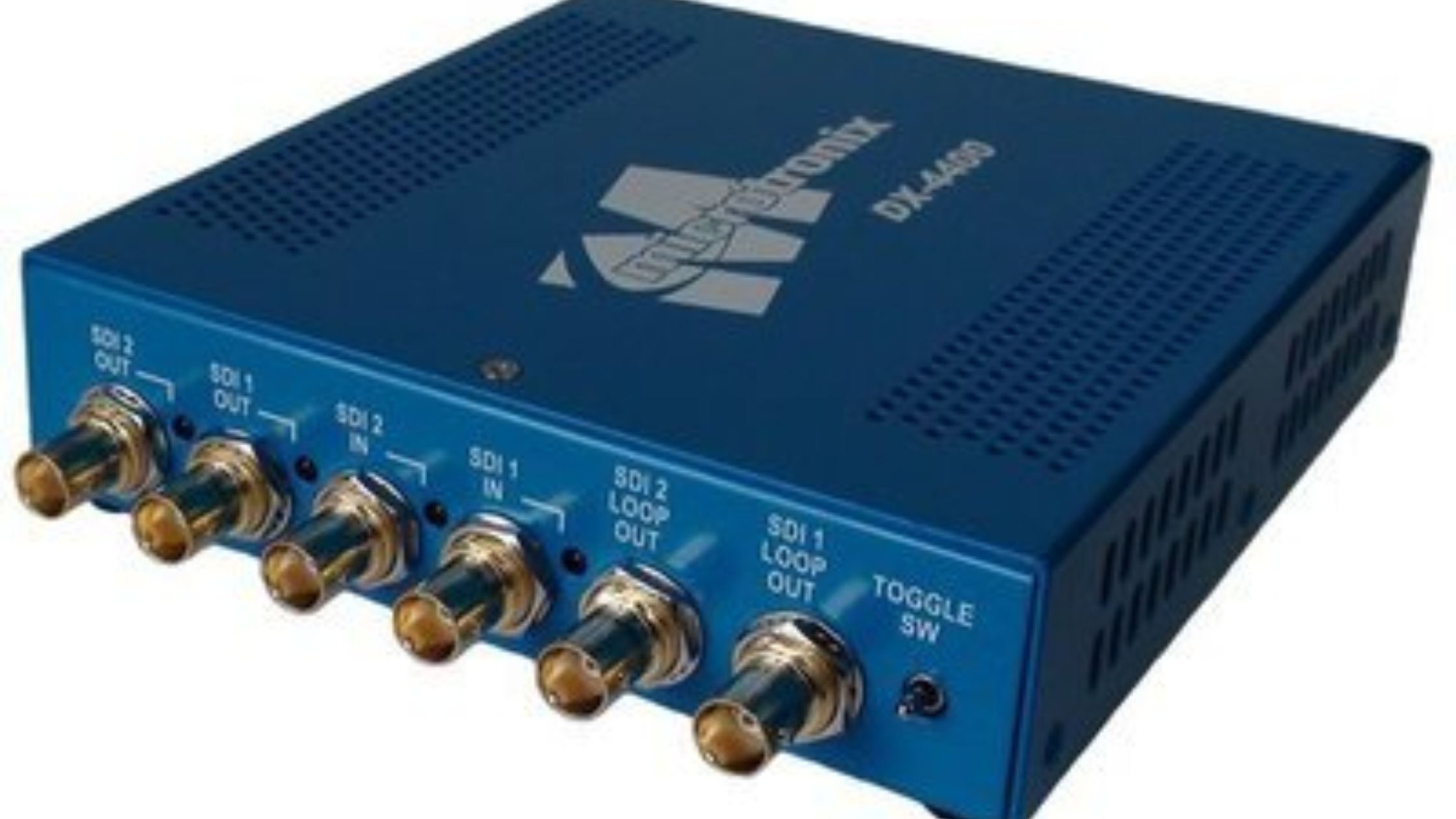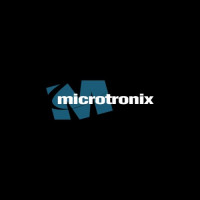Advancing Connectivity: The Role of GPS NMEA 0183 Protocol in Digital Systems

Strong 8k brings an ultra-HD IPTV experience to your living room and your pocket.
Reliable data transmission plays a crucial role in modern digital systems, especially when precision and synchronization are non-negotiable. In industries ranging from maritime navigation to broadcasting, seamless integration of positioning data into existing workflows ensures efficiency and accuracy. The GPS NMEA 0183 Protocol stands out as a standardized method for transmitting navigational data between devices, enabling interoperability across various systems.
Whether it's mapping routes for an autonomous vehicle or overlaying critical information onto live video feeds, the ability to decode and utilize GPS data in real-time is essential. When paired with high-performance hardware solutions like an HD Video Processing Board, data acquisition and visualization become even more effective, paving the way for enhanced system capabilities.
Understanding the GPS NMEA 0183 Protocol
Most digital systems dealing with navigation or positioning rely on GPS data for real-time accuracy. The GPS NMEA 0183 Protocol is a widely used communication standard that enables GPS receivers to transmit data to other devices, such as embedded controllers or display units. It works through a simple, serial-based format where data is sent in structured sentences, each containing specific information such as time, latitude, longitude, speed, and course. This standardized format ensures that different GPS devices can communicate with other systems, regardless of the manufacturer.
When integrated with modern hardware solutions, such as an HD Video Processing Board, GPS data can be overlaid onto live video streams, creating an interactive and dynamic visual representation of location-based information. This feature proves especially useful in applications like unmanned aerial vehicles (UAVs), real-time sports analytics, and security monitoring systems.
How the Protocol Enhances Digital Systems
The real value of the GPS NMEA 0183 Protocol lies in its ability to provide precise time and location data in a structured manner, allowing embedded systems to process and use this information effectively. For example, in marine navigation, autopilot systems use NMEA data to maintain a vessel’s course, while in aviation, GPS feeds support real-time tracking and collision avoidance systems.
Another area where the protocol proves invaluable is video processing. Pairing GPS data with an HD Video Processing Board enables the display of geographic metadata directly onto a video stream. Whether used in aerial reconnaissance, mapping projects, or surveillance applications, this integration enhances situational awareness by combining location details with high-definition visuals.
Integration with Embedded Systems
Bringing GPS data into an embedded system isn’t as complicated as it sounds, thanks to the standardized nature of the GPS NMEA 0183 Protocol. Many modern microcontrollers, embedded processors, and software platforms are designed to decode and process NMEA sentences effortlessly. However, ensuring seamless integration requires a robust hardware foundation.
A high-quality HD Video Processing Board can serve as the backbone of such a system, handling incoming data from a GPS receiver while simultaneously managing video overlays and real-time encoding. This combination enables developers to create applications where navigation data is not just processed but also visually represented, improving clarity and usability.
Applications in Real-World Scenarios
The integration of the GPS NMEA 0183 Protocol with advanced digital systems extends to a wide range of industries. Some notable examples include:
- Autonomous Vehicles – Self-driving cars and drones utilize GPS feeds to navigate complex environments, avoiding obstacles and following predefined routes.
- Live Sports Broadcasts – GPS-equipped wearables track athlete movements, and this data is overlaid on real-time footage using an HD Video Processing Board for enhanced viewer insights.
- Aviation and Maritime Operations – Pilots and ship captains rely on GPS-fed instruments to maintain optimal routes and avoid hazards.
- Disaster Response and Mapping – Emergency response teams use GPS tracking combined with live video feeds to coordinate efforts more effectively.
Each of these applications highlights how standardized GPS communication protocols improve accuracy, efficiency, and decision-making across various industries.
Challenges and Considerations in Implementation
Despite its advantages, implementing the GPS NMEA 0183 Protocol in embedded applications comes with its own set of challenges. The protocol's low data transmission rate (typically 4800 baud) may not be ideal for high-speed applications that require rapid updates. Additionally, interference, signal loss, or data corruption can impact accuracy, especially in urban environments with tall buildings or tunnels.
When integrating GPS data into video-based systems, an HD Video Processing Board must be capable of handling both video rendering and real-time data overlay without lag. Optimized firmware, efficient parsing algorithms, and error-handling mechanisms ensure smooth operation even in demanding environments.
The Role of Microtronix in Product Development
Developing integrated solutions that leverage the GPS NMEA 0183 Protocol requires expertise in both hardware and software design. Microtronix, a full-service product development company, offers an advanced suite of hardware and software solutions tailored for embedded applications. From designing GPS-compatible systems to building high-performance HD Video Processing Boards, Microtronix ensures seamless data acquisition and visualization.
Their focus on real-time video overlay solutions makes them a valuable partner for industries that require accurate, synchronized, and visually enhanced GPS data processing. By bridging the gap between navigation data and video technology, Microtronix empowers businesses to create cutting-edge digital systems that deliver precision and reliability.
Future Trends in GPS and Video Integration
The evolution of GPS technology continues to shape digital systems, especially with advancements in AI-driven analytics, edge computing, and real-time data visualization. Future enhancements in the GPS NMEA 0183 Protocol may include faster transmission rates, better error correction, and improved compatibility with next-generation hardware.
On the video front, HD Video Processing Boards are expected to support even higher resolutions, lower latency, and more advanced overlays, making them ideal for applications in security, navigation, and augmented reality. The combination of GPS data with high-definition video will further expand possibilities for industries that depend on accuracy, automation, and real-time monitoring.
Final Thoughts
The GPS NMEA 0183 Protocol plays a vital role in digital systems by providing structured, reliable navigation data for a wide range of applications. From autonomous vehicles to live sports analytics, this protocol ensures seamless communication between devices while enhancing decision-making processes. When integrated with an HD Video Processing Board, GPS data becomes more than just numbers—it transforms into an interactive visual experience that improves usability and situational awareness.
As digital systems continue to evolve, the ability to combine precise GPS tracking with advanced video processing will open new doors for innovation. Companies like Microtronix are at the forefront of this technological shift, offering solutions that streamline development and optimize performance. Whether it's enhancing navigation systems, improving video analytics, or developing next-generation embedded applications, GPS and video integration will remain a critical component of modern connectivity.
Note: IndiBlogHub features both user-submitted and editorial content. We do not verify third-party contributions. Read our Disclaimer and Privacy Policyfor details.


